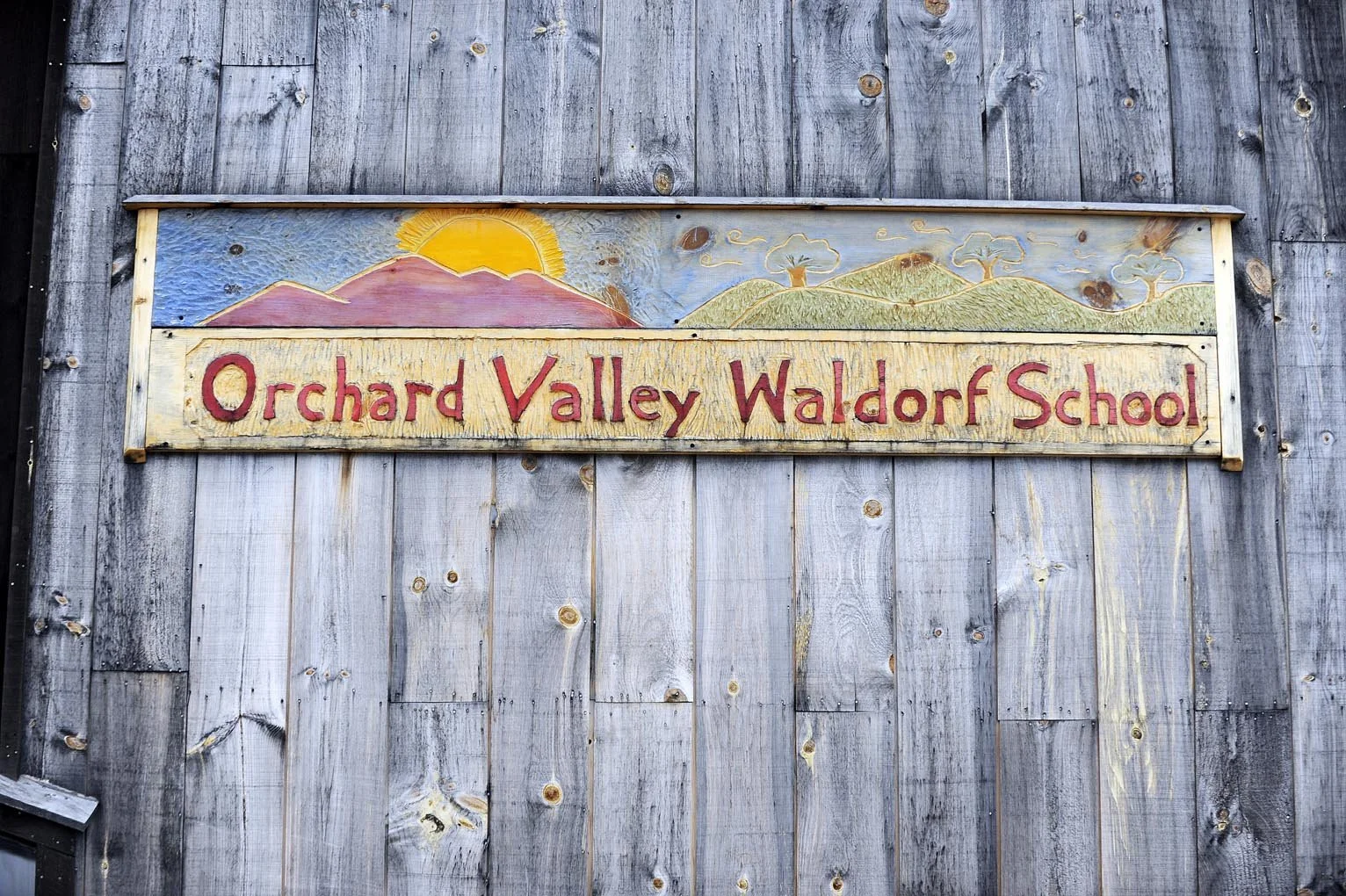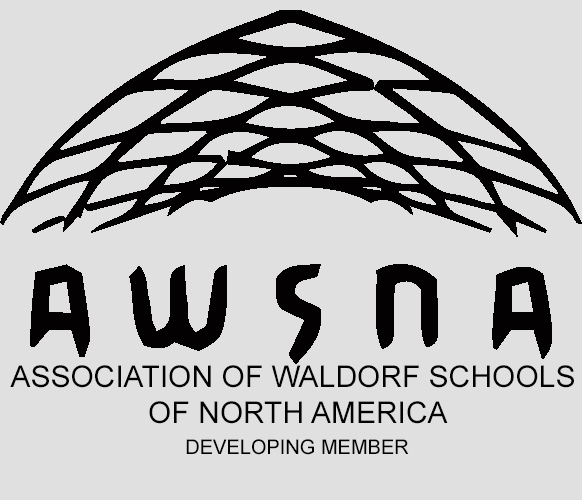Class 2/3 Support Teacher Mary Fettig says: "Spring is in the air and it is finally time to toss aside those heavy winter boots and put on some sneakers! Please take a moment and read the following article by David Maynard, former OVWS Movement Teacher, on why it is so important that children wear shoes that they can tie."
When buying footwear, the things usually considered are appearance, easy to get on and off, foot protection under the conditions I will use them, and maybe the cost. But the decision-making process for the kind of footwear chosen for a child can be much more complex.
Young children's brains are developing and most of the important foundation work for the brain occurs when we are young. During the myelination process, which takes place between utero and adolescence, a protective sheath is formed around neural pathways in the brain. These pathways are like highways in the brain where messages can travel quickly. If this process is diminished, the speed slows down which reduces the brain's capacities.
Both the development of the brain and the myelination process is stimulated by movement, and children increase their ability to move through their play. When children play, they develop a sense of movement and a sense of balance and develop their fine and gross motor movement skills, all of which stimulate brain development for later academic work.
When children are first discovering their new relationship to movement, the choice of footwear is important. For running and jumping, sneakers with a flat bottom are the best. Running sneakers tend to rise up at the toe; this decreases the surface area of the foot on the ground, reducing the base needed to develop new skills such as balance.
The sneakers should also tie. There are at least three good reasons why young children should have tie shoes.
The first is that in the early years, the child's will forces are developing. In later years when the child is in high school, he or she needs to have the will to finish the math problems or go the extra mile and produce an excellent paper. Our schools have too many students with low will forces which becomes evident while meeting or not meeting the requirements of completing a project. When tying shoes, the child has to do the task over and over, and if they are not tied correctly the laces will come undone and must be tied again. Not only does this reinforce the will, but it also encourages the child to tie (to do the job or work) correctly.
The second reason is that a high degree of finger dexterity (fine motor skill) is needed to operate technology today, such as computers. Finger dexterity is exercised every time children tie their shoes.
The third benefit of tying shoes is that it helps children overcome the midline and horizontal barrier. The cerebrum is separated into two halves (hemispheres) that are connected by a bridge called the corpus callosum. When the child is young, the corpus callosum is not well developed and communication between the two hemispheres is limited. This is seen as creating a sort of void in the center of the brain which is reflected in the body. This void is referred to as the midline barrier. For example, a young child will find it hard to cross her arms over her chest out of imitation, and will usually keep the arms on either side of the midline. As the child goes to kindergarten and first grade (accompanied by the change of teeth), this barrier disappears and crossing becomes easier and easier with practice and time.
The disappearance of the midline barrier is very important later on when reading because children must cross the midline (with their eyes) when reading each line, and at the end of the line must cross the midline going in the other direction. When working out a division problem, one must carry the remainder and once again cross the midline.
Children who have difficulty crossing this barrier often get lost in reading and/or math because there is a split second of a void which the child must be able to pick up on the other side. With every knot that is tied, the child practices crossing the midline when the laces cross. As with the vertical midline barrier, there is a horizontal midline barrier that the child overcomes again with practice and repetition. When a child ties her shoes she has to bend over, crossing this barrier twice or more each time the shoes are put on.
The child's movements such as crawling, standing, and running, as well as fine motor skills such as tying shoes, are the foundations that future academic work depends on. It is up to teachers and parents to provide the opportunity for healthy movement, while at the same time preventing barriers such as improper footwear or clothing. This intention may be met with resistance because of cultural pressures or because tie shoes are harder to put on. As the child grows older, resistance may increase; however, since the foundation has been laid, compromise is then possible.



